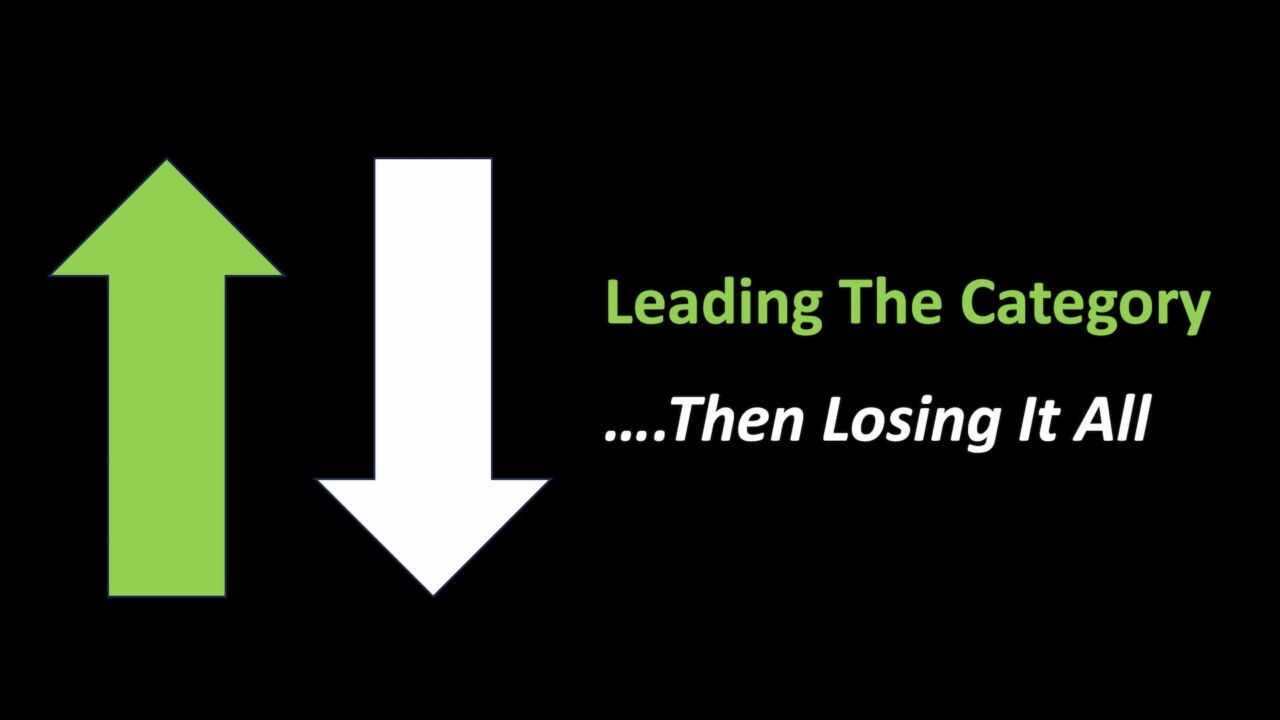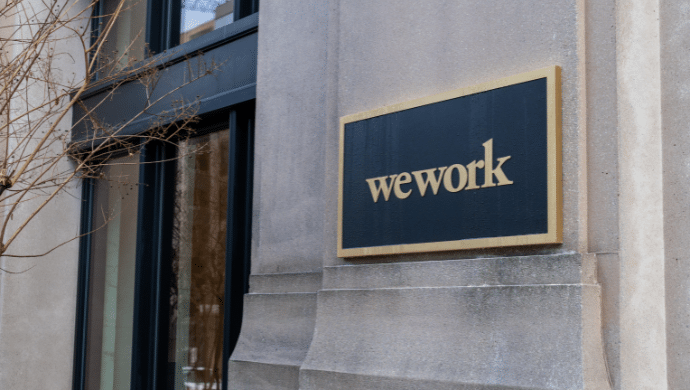What we can learn from WeWork

What WeWork Can Teach Us
“Co-Working Space” is an example of a new category emerging that becomes part of our day-to-day lives. It didn’t exist before the mid-2000’s, and players such as Regus were (and continue to be) a different experience and positioning. Without belaboring the history, 2005 was an early start of the new category forming around co-working spaces, with “Spiral Muse” in San Francisco and other smaller-scale operations such as “Hub” in London.
This new category helped us solve the problem around inflexible, long-term lock-in around our office and working space. It meant smaller companies and start-ups could rent smaller spaces on a much more flexible basis. It was agile and adaptive to our needs. It was a refreshing new atmosphere to work in.
And then a clear category leader emerged: WeWork. It was a quirky, memorable name and brand, and within it had a call to action. It suggested community and shared creation. It had a great story.
When I was part of a decision (close to a decade ago) around choosing a co-working space and signing a contract, WeWork looked like the obvious choice. It had the “buzz” around it. It was hard not to drink the Kool-Aid when you visited on-prem with big taglines like “do what you love” and “make a life, not just a living”. And critical to our decision was that it was the category leader by far when comparing to other companies and the many local / regional variations.
By signing up with WeWork the inherent brand experience and promise was that it was a vibrant, global community. You weren’t just getting space in a funky environment but were also joining a tribe locally and even globally (say when travelling). We were going to partake in regular events, meet fellow entrepreneurs and broaden our own personal networks. The “product” we were buying into we believed would evolve and delight us with new value, opportunity, and a cool experience.
We pulled the trigger and signed a two-year lease. And while there were events (pizza parties and beer on tap), it wasn’t really the networking we expected. Elbowing in amongst the same faces on late Friday afternoon to try and get a limp slice of pizza eventually became a “no thanks”. The global ecosystem of members that we expected to tap into didn’t really happen. The app / platform was there but WeWork didn’t invest in building and nurturing the community in a meaningful way. Our data and profiles didn’t seem to go anywhere in terms of a meaningful ecosystem of fellow WeWorkers. The ecosystem was perfunctory, and the overall solution we were buying into did not evolve.
This shows how story and narrative combined with a strong evangelist can take you a certain distance. However, there is a limit to “pumping” the company, its business-model, and its valuation.
The failures for this former category leader are now being expounded at length around: the management; the failed IPO; and the financial modeling and gearing. No argument here on these fatal flaws at the “company design” level.
To be the category king, and to retain that mantle means having great people and leadership that are continually evolving and scaling. It means smart business-model design and its evolution (especially in the face of a post-pandemic change in commercial property and interest rates!). The company design simply did not evolve over time to support WeWork as the category leader.
That said, what is not being widely discussed and analyzed is failure on two other critical fronts:
1) WeWork did not evolve the category.
As the de-facto “co-working space” leader, WeWork needed to demonstrate vision and thought leadership around where and how the category will evolve. It’s the category leader recognizing that the problem being solved is bigger than just one company / themselves.
How is work and behavior changing? How is productivity being impacted? How are new collaboration tools being incorporated? What are global or cultural variances observed? Are there demographic, say millennial versus Gen Z nuances? What novel co-working patterns are being observed across not only companies but across the entire WeWork ecosystem? Tell us how the category is evolving and give us a future glimpse.
Instead, what we were given was largely more rah-rah messages. What we really want is a powerful Point of View that leads with the problem (that is relevant to us) and tells us how the solution is evolving. It shows us where the category is going and why we want to be part of it.
2) WeWork did not mature and evolve its product.
As the category’s solution is evolving, how am I modifying and leading this with my products? What is my “blueprint” for continuing to be the leader today and into the future?
Take AirBnB as the leader in Community Based Hospitality (“I want a different experience than staying in a hotel”). This category leader has consistently evolved the product with examples such as: “AirBnB Plus & Concerts”; or “AirBnB Experiences” (unique tours and attractions). They are expanding the category’s ecosystem with new partners, adding new value, and therefore valuation to the category. It is not a static Total Addressable Market – it is creating completely new economics that haven’t been unleashed before.
The “Category King” must be continually guiding us on where the category is going and demonstrating tangible new products as part of the experience.
These two critical gaps around product design as well as category design, have played a substantial role in the demise of this once mighty category leader. Which is a real shame when it is key brand that has impacted us and is now slowly withering away.
Importantly, let’s learn from it and understand:
It’s good to be King.
But once you are there you must continually protect your crown.
And to do this, must be on three fronts: company design; product design; and category design.*
Anything less, and your category leadership will be at continual risk!
*Note: I acknowledge this “magic triangle” concept across company / product / category is taken liberally from the book Play Bigger – How Pirates, Dreamers and Innovators Define and Dominate Markets
Also published on e27
Solutions
The Out-Position team has experience and a track-record that you can leverage and catalyse for your category strategy and design.
Contact us
We work alongside you for this design-thinking process, from the problem clarity and category defined, to a powerful point of view.
